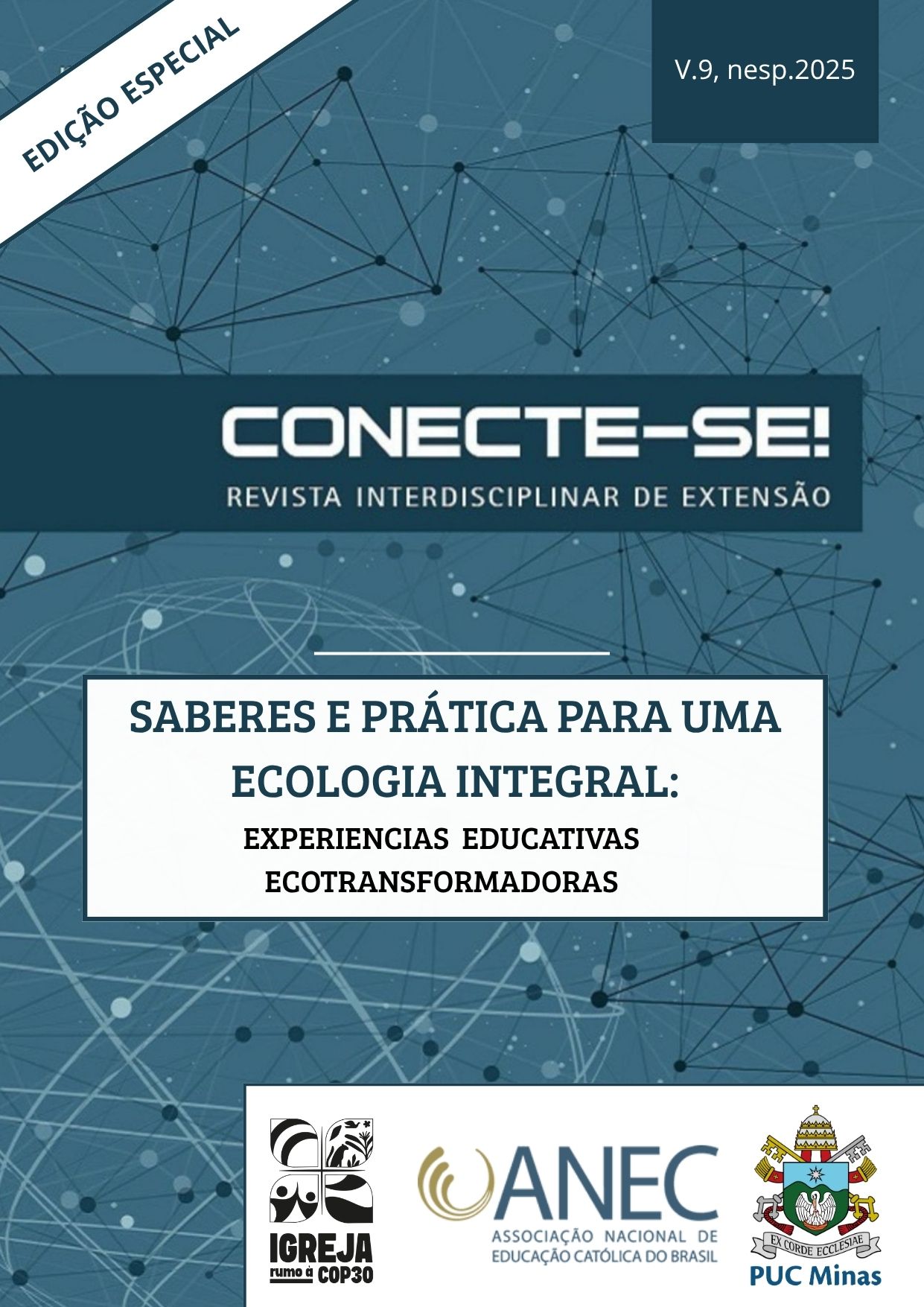THE RELATIONSHIP BETWEEN ARTHROPODS AND POPULAR CULTURE
Keywords:
ethnoentomology, traditional knowledge, cultural biodiversity, cultural anthropology, biocultural conservationAbstract
This study examines the relationships between arthropods and human cultures, investigating their role in subsistence practices, rituals, and symbolic representations. Developed as part of the Ecosystem services provided by arthropods project, the research combined bibliographic review and data collection, focusing on terms such as ethnozoology, Sateré-Mawé, and crab cycle. The results reveal: (1) the symbiotic relationship between mangrove communities and crabs, described by Josué de Castro as an ecological-cultural cycle; (2) the Sateré-Mawé initiation rituals involving bullet ants (Paraponera clavata); (3) the Egyptian scarab as a religious symbol; and (4) the presence of arthropods in geek culture as an educational tool. The analysis demonstrates how Cultural Zoology and Ethnozoology elucidate human-animal interactions, emphasizing the need for policies that reconcile environmental conservation and cultural preservation, aligned with Integral Ecology and the Sustainable Development Goals (SDGs). The study concludes that arthropods sustain both ecosystems and cultural traditions, playing a vital role in socio-environmental balance. Their integrated study provides a foundation for sustainable development strategies that value traditional knowledge and biodiversity.
Downloads
References
ALVES, R. R. N. Relationships between fauna and people and the role of ethnozoology in animal conservation. Ethnobiology and Conservation, [s. l.], v. 1, n. 2, 2012.
ANDRADE, J. P. MangueBeat: música e ecopolítica. Recife: Massangana, 2018.
BIOEXPLORADORES. Veneno da formiga-bala: efeitos e curiosidades. 2023. Disponível em: https://www.nationalgeographicbrasil.com/animais/2023/06/saiba-mais-sobre-a-formiga-bala-o-inseto-com-a-picada-mais-dolorosa-do-mundo. Acesso em: 20 out. 2024.
BOTELHO, M. R. R. Rituais de iniciação entre os Sateré-Mawé. Manaus: EDUA, 2011.
CASTRO, J. Homens e caranguejos. 5. ed. Recife: Global, 2001.
DA-SILVA, E. R. et al. Super-heróis e a zoologia dos quadrinhos. Revista de Divulgação Científica, v. 12, n. 3, p. 45-62, 2014.
DA-SILVA, E. R. et al. Zoologia cultural: interfaces entre biologia e antropologia. São Paulo: EdUNESP, 2015.
HOGUE, C. L. Cultural entomology. Annual Review of Entomology, [s. l.], v. 32, p. 181-199, 1987.
PACHECO, J. M. Etnoentomologia: o que é um inseto? Informativo da Sociedade Entomológica do Brasil, [s. l.], v. 26, n. 2, p. 6, ago. 2001.
PANAGIOTAKOPULU, E. et al. Ancient Egyptian mummified beetles and their biogeography. Journal of Archaeological Science: Reports, [s. l.], v. 10, p. 899-907, 2016.
PEREIRA, E. M. O martírio como transformação: estudo antropológico dos rituais Sateré-Mawé. São Paulo: EdUSP, 2003.
PINTO, A. C. B. Etnozoologia: conceitos e considerações. Brasília: IBAMA, 2011.
SÁNCHEZ, L. H. Entomologia cultural: os artrópodes nas sociedades tradicionais. Belém: Museu Paraense Emílio Goeldi, 2022.
SCHAEFFER-NOVELLI, Y. Manguezal: ecossistema entre a terra e o mar. São Paulo: Caribbean Ecological Research, 2000.
SILVA, M. A. O. Plutarco de Ísis e Osíris. Edição bilíngue. São Paulo, 2022.
TEETER, E. Religion and ritual in ancient Egypt. Cambridge: Cambridge University Press, 2011.
TURNER, V. O processo ritual: estrutura e antiestrutura. Petrópolis: Vozes, 2005.
WILKINSON, R. H. The complete gods and goddesses of ancient Egypt. London: Thames & Hudson, 2003.
ZERO QUATRO, F. Caranguejo com cérebro: manifesto MangueBeat. 1992. Disponível em: https://manguebizz.wordpress.com/2013/11/21/o-surgimento-do-manguebeat/. Acesso em: 14 out. 2024.
Downloads
Published
How to Cite
Issue
Section
License
Copyright (c) 2025 Conecte-se! Revista Interdisciplinar de Extensão

This work is licensed under a Creative Commons Attribution-NonCommercial-NoDerivatives 4.0 International License.
O(s) (co)autor(es) responsabiliza(m)-se pelo ineditismo do texto submetido (sanções possíveis por plágio são de sua inteira responsabilidade) e atribuem a Conecte-se! Revista Interdisciplinar de Extensão a autorização para a publicação deste. O(s) (co)autor(es) assume(m) que este texto não se encontra publicado em nenhum outro veículo, bem como não se encontra em análise, para publicação, em outro periódico.

This work is licensed under a Creative Commons Attribution-NonCommercial-NoDerivatives 4.0 International License.


